-
 Bitcoin
Bitcoin $119600
0.87% -
 Ethereum
Ethereum $4290
1.45% -
 XRP
XRP $3.201
-0.02% -
 Tether USDt
Tether USDt $0.0000
-0.01% -
 BNB
BNB $808.8
0.81% -
 Solana
Solana $177.9
-2.52% -
 USDC
USDC $0.9999
0.01% -
 Dogecoin
Dogecoin $0.2307
-1.44% -
 TRON
TRON $0.3445
1.50% -
 Cardano
Cardano $0.7918
-1.64% -
 Hyperliquid
Hyperliquid $43.77
-2.82% -
 Chainlink
Chainlink $21.54
-2.97% -
 Stellar
Stellar $0.4416
-0.67% -
 Sui
Sui $3.711
-4.08% -
 Bitcoin Cash
Bitcoin Cash $589.2
3.28% -
 Hedera
Hedera $0.2509
-3.44% -
 Ethena USDe
Ethena USDe $1.001
-0.02% -
 Avalanche
Avalanche $23.44
-1.96% -
 Litecoin
Litecoin $124.6
0.94% -
 Toncoin
Toncoin $3.410
2.06% -
 UNUS SED LEO
UNUS SED LEO $9.030
0.06% -
 Shiba Inu
Shiba Inu $0.00001320
-2.68% -
 Uniswap
Uniswap $11.41
4.29% -
 Polkadot
Polkadot $3.930
-3.63% -
 Cronos
Cronos $0.1682
3.46% -
 Dai
Dai $1.000
0.00% -
 Ethena
Ethena $0.7936
2.17% -
 Bitget Token
Bitget Token $4.427
-0.52% -
 Monero
Monero $269.6
0.01% -
 Pepe
Pepe $0.00001158
-4.09%
What is the role of a validator in a blockchain network?
Validators in blockchain networks ensure transaction integrity and security by verifying data, proposing blocks, and attesting to consensus, with economic incentives and slashing penalties enforcing honest behavior.
Aug 11, 2025 at 03:14 pm
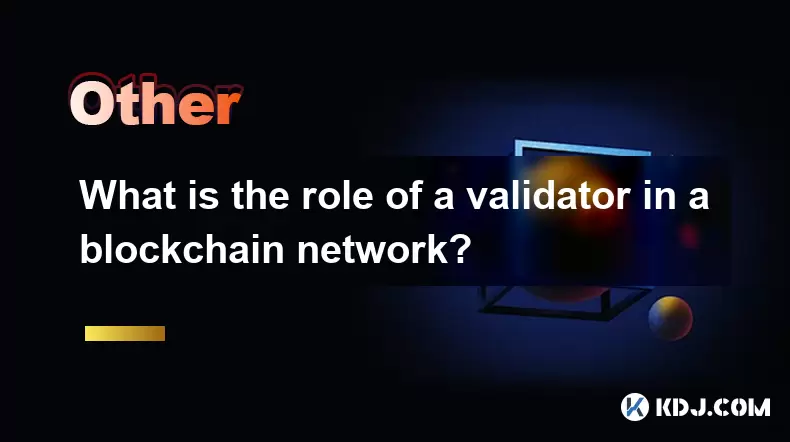
Understanding the Core Function of a Validator
In a blockchain network, a validator plays a critical role in maintaining the integrity, security, and consistency of the distributed ledger. Unlike traditional centralized systems where a single authority verifies transactions, blockchains rely on a decentralized network of validators to achieve consensus. The primary responsibility of a validator is to verify and confirm transactions before they are added to the blockchain. This process prevents fraudulent activities such as double-spending and ensures that only legitimate transactions are recorded.
Validators are especially vital in Proof-of-Stake (PoS) and related consensus mechanisms like Delegated Proof-of-Stake (DPoS) or Proof-of-Authority (PoA). In these systems, validators are chosen based on specific criteria such as the amount of cryptocurrency they stake as collateral or their reputation within the network. The staked assets act as a financial incentive to behave honestly; if a validator attempts to validate fraudulent transactions, they risk losing their staked funds through a process known as slashing.
How Validators Are Selected in PoS Networks
The selection process for validators varies depending on the blockchain’s design, but in most PoS systems, it revolves around the amount of cryptocurrency a node has staked. The larger the stake, the higher the probability of being selected to propose or validate a new block. Some networks use a randomized selection algorithm to ensure fairness and prevent centralization.
- A node must first lock up a minimum amount of cryptocurrency as a stake, which varies by network (e.g., 32 ETH on Ethereum 2.0).
- The network’s consensus algorithm evaluates all staked nodes and selects validators for each block proposal or attestation round.
- Selection may also consider how long the stake has been active or use a verifiable random function (VRF) to ensure unpredictability.
- Validators are often rotated frequently to reduce the risk of collusion or targeted attacks.
This staking mechanism aligns the validator’s financial interest with the health of the network, encouraging honest participation.
Block Proposal and Attestation Responsibilities
Once selected, a validator performs two key functions: proposing new blocks and attesting to the validity of blocks proposed by others. In Ethereum’s PoS system, for example, validators are assigned to committees that collectively attest to the correctness of blocks. This multi-layered verification enhances security.
- A designated block proposer assembles a new block from pending transactions and broadcasts it to the network.
- Other validators in the committee perform attestation, confirming that the block follows protocol rules and contains valid transactions.
- Multiple attestations are aggregated to determine whether the block achieves finality.
- Validators must remain online and responsive; downtime or failure to participate results in penalties, including partial loss of staked funds.
This dual role ensures redundancy and consensus, making it extremely difficult for malicious actors to alter the blockchain.
Running a Validator Node: Technical Requirements
Operating a validator node is a technical undertaking that requires specific hardware, software, and network conditions. Validators must maintain high availability to avoid penalties and ensure network reliability.
- Hardware: A minimum of 16 GB RAM, a multi-core processor, and at least 500 GB of SSD storage are typically required. Some networks demand more robust setups.
- Software: Validators must run the official client software (e.g., Prysm, Lighthouse, or Teku for Ethereum) and keep it updated.
- Internet Connection: A stable, high-speed connection with low latency is essential to receive and broadcast data promptly.
- Wallet Setup: A dedicated wallet is needed to store staking keys and manage rewards. These keys must be secured using hardware wallets or secure enclaves.
- Synchronization: The node must fully sync with the blockchain before activation, which can take several hours or days depending on network size.
Misconfigurations or downtime can lead to reduced rewards or slashing, so meticulous setup is crucial.
Economic Incentives and Penalties for Validators
Validators are compensated for their services through block rewards and transaction fees, creating a sustainable economic model. However, the system also enforces strict penalties to deter malicious or negligent behavior.
- Rewards are distributed in the native cryptocurrency and scale with the validator’s uptime and participation rate.
- Slashing conditions include signing two conflicting blocks (equivocation), going offline for extended periods, or attempting to manipulate the consensus.
- Networks like Ethereum impose a minimum slashing penalty of 0.5 ETH, with more severe violations leading to total stake loss.
- Inactivity leak mechanisms may reduce the stake of validators who fail to participate during network-wide outages, encouraging recovery and responsiveness.
These economic mechanisms maintain a balance between incentive and accountability.
Decentralization and Security Implications
The distribution of validator nodes across geographically dispersed locations enhances the decentralization and resilience of the blockchain. A diverse validator set reduces the risk of single points of failure and makes the network more resistant to censorship or attacks.
- If too few entities control a large portion of staked tokens, the network becomes vulnerable to centralization risks.
- Some blockchains implement cap mechanisms or encourage solo stakers to prevent stake concentration.
- Validators are also expected to run independent infrastructure rather than relying on centralized cloud providers to minimize coordinated outages.
- Open participation lowers barriers to entry, allowing individuals and small organizations to contribute to network security.
Maintaining a healthy validator ecosystem is fundamental to long-term network integrity.
Frequently Asked Questions
Can anyone become a validator?
Yes, in most public PoS blockchains, any individual or entity can become a validator provided they meet the staking and technical requirements. For example, Ethereum requires 32 ETH and compatible hardware. Some networks allow users to participate via staking pools if they don’t meet the minimum stake.
What happens if my validator goes offline?
If a validator is offline during its assigned duty, it will miss rewards and may be penalized. Extended downtime results in reduced stake over time due to inactivity penalties. In severe cases, repeated failures can lead to ejection from the validator set.
How are validator rewards distributed?
Rewards are automatically distributed in the blockchain’s native token and credited to the validator’s wallet. The amount depends on uptime, network participation rate, and total staked supply. Rewards are typically distributed after each consensus cycle (e.g., every 6.4 minutes in Ethereum’s epochs).
Is it possible to lose all staked funds?
Yes, under certain conditions such as double-signing blocks or attempting to attack the network, a validator can be fully slashed, resulting in the loss of the entire staked amount. Proper key management and node security are essential to avoid such outcomes.
Disclaimer:info@kdj.com
The information provided is not trading advice. kdj.com does not assume any responsibility for any investments made based on the information provided in this article. Cryptocurrencies are highly volatile and it is highly recommended that you invest with caution after thorough research!
If you believe that the content used on this website infringes your copyright, please contact us immediately (info@kdj.com) and we will delete it promptly.
- Bitcoin, Solana, MAGACOIN FINANCE: Navigating the 2025 Crypto Landscape
- 2025-08-12 00:30:13
- Paxos, Circle, Ripple License: Navigating the Shifting Sands of Stablecoin Regulation
- 2025-08-12 02:10:12
- Cardano, ADA Holders, and Layer Brett: A Meme Coin with Real Utility?
- 2025-08-12 00:50:12
- Bitcoin, Michael Saylor, and Savvy Investors: A New Era of Digital Assets
- 2025-08-12 00:30:13
- Crypto Presales in 2025: Spotting the Next Big Thing with Analyst Insights
- 2025-08-12 00:50:12
- Cloud Mining in 2025: Bitcoin, Litecoin, and the Quest for Passive Income
- 2025-08-12 00:55:32
Related knowledge

How can zero-knowledge proofs enhance privacy on a blockchain?
Aug 12,2025 at 02:15am
Understanding Zero-Knowledge Proofs in Blockchain ContextZero-knowledge proofs (ZKPs) are cryptographic protocols that allow one party (the prover) to...
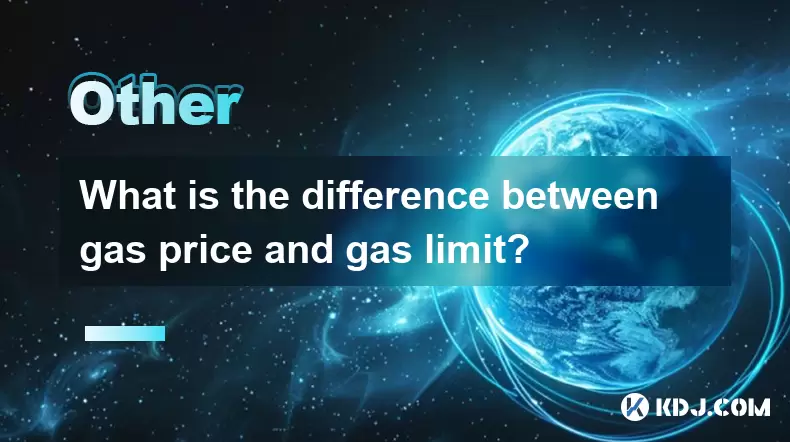
What is the difference between gas price and gas limit?
Aug 09,2025 at 08:42pm
Understanding Gas in Ethereum and EVM-Based NetworksIn blockchain networks that support smart contracts—particularly Ethereum and other EVM (Ethereum ...
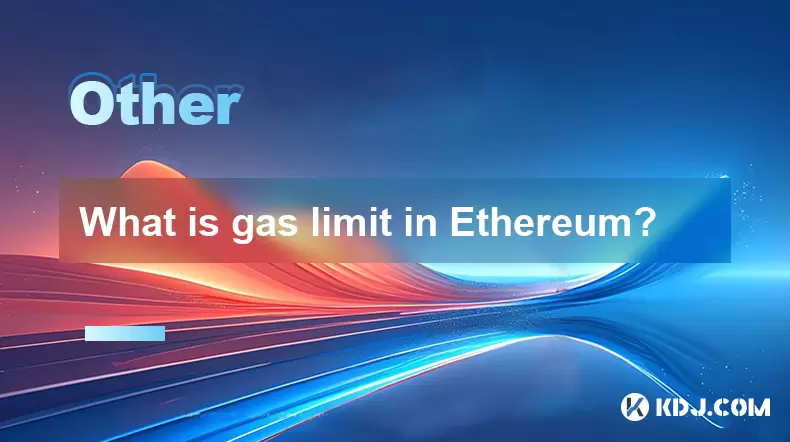
What is gas limit in Ethereum?
Aug 11,2025 at 04:29am
Understanding the Concept of Gas in EthereumIn the Ethereum network, gas is a unit that measures the computational effort required to execute operatio...
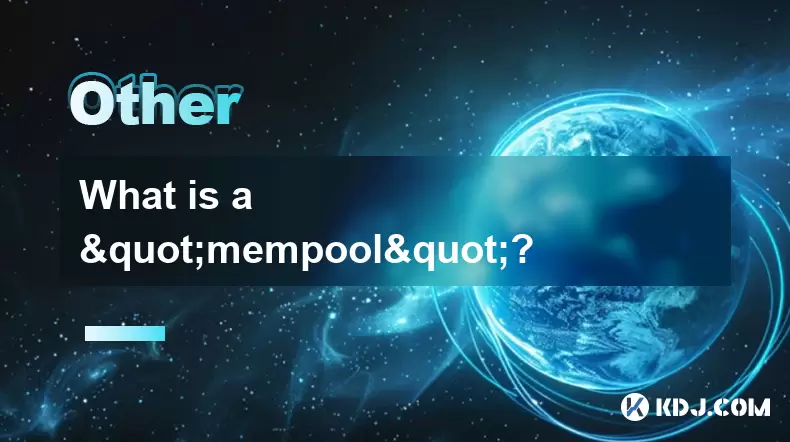
What is a "mempool"?
Aug 11,2025 at 02:49am
Understanding the Mempool in Cryptocurrency NetworksThe mempool, short for memory pool, is a critical component of blockchain networks like Bitcoin an...
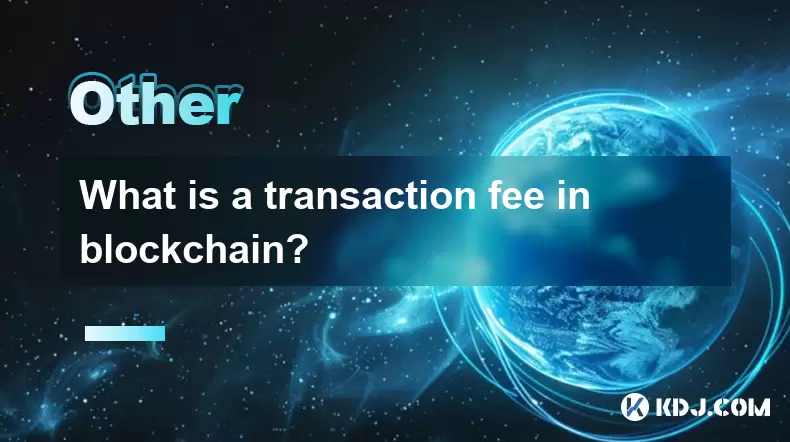
What is a transaction fee in blockchain?
Aug 08,2025 at 09:21pm
Understanding the Basics of Blockchain Transaction FeesA transaction fee in blockchain is a small amount of cryptocurrency paid by a user to process a...
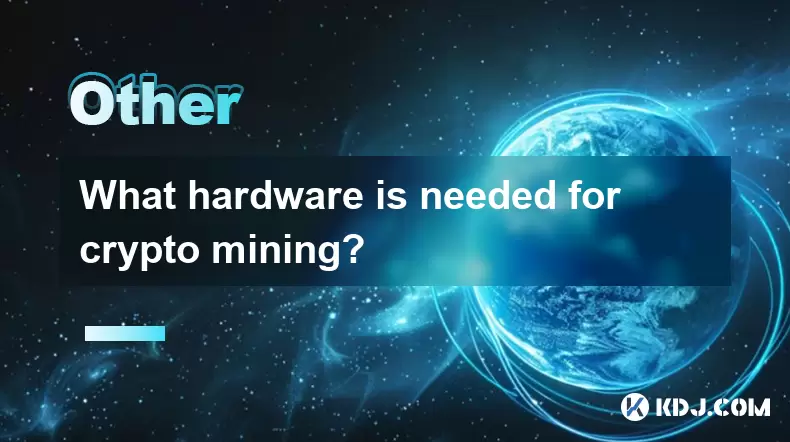
What hardware is needed for crypto mining?
Aug 10,2025 at 08:22pm
Understanding the Role of GPUs in Crypto MiningWhen discussing the hardware required for crypto mining, the Graphics Processing Unit (GPU) stands out ...

How can zero-knowledge proofs enhance privacy on a blockchain?
Aug 12,2025 at 02:15am
Understanding Zero-Knowledge Proofs in Blockchain ContextZero-knowledge proofs (ZKPs) are cryptographic protocols that allow one party (the prover) to...

What is the difference between gas price and gas limit?
Aug 09,2025 at 08:42pm
Understanding Gas in Ethereum and EVM-Based NetworksIn blockchain networks that support smart contracts—particularly Ethereum and other EVM (Ethereum ...

What is gas limit in Ethereum?
Aug 11,2025 at 04:29am
Understanding the Concept of Gas in EthereumIn the Ethereum network, gas is a unit that measures the computational effort required to execute operatio...

What is a "mempool"?
Aug 11,2025 at 02:49am
Understanding the Mempool in Cryptocurrency NetworksThe mempool, short for memory pool, is a critical component of blockchain networks like Bitcoin an...

What is a transaction fee in blockchain?
Aug 08,2025 at 09:21pm
Understanding the Basics of Blockchain Transaction FeesA transaction fee in blockchain is a small amount of cryptocurrency paid by a user to process a...

What hardware is needed for crypto mining?
Aug 10,2025 at 08:22pm
Understanding the Role of GPUs in Crypto MiningWhen discussing the hardware required for crypto mining, the Graphics Processing Unit (GPU) stands out ...
See all articles

























































































